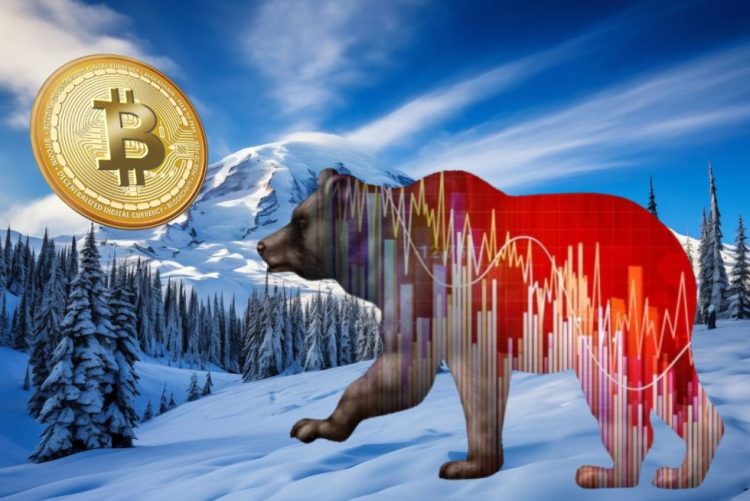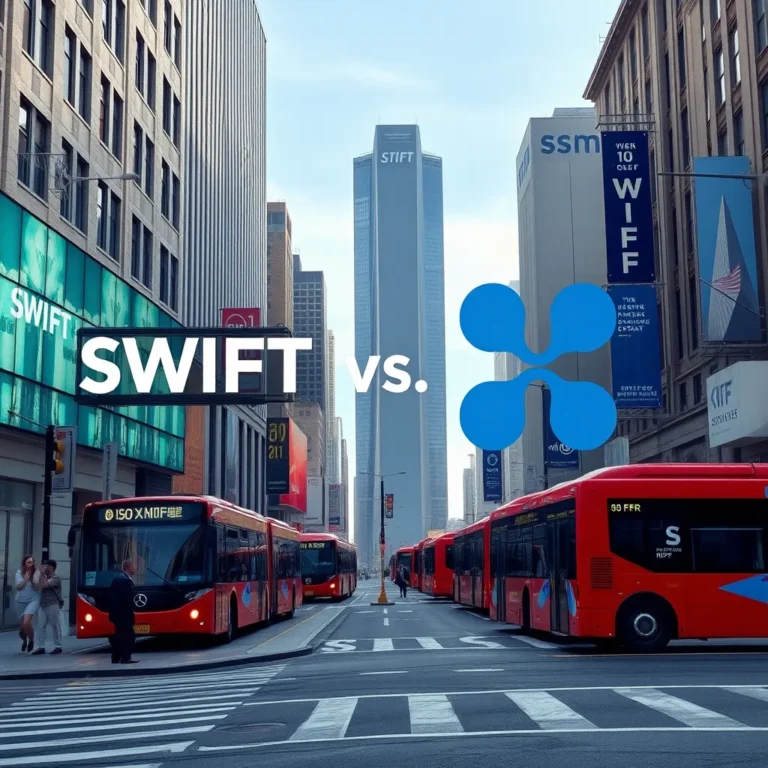Crypto Funding Rates Plunge: Market Implications Explored
Note: This post may contain affiliate links, and we may earn a commission (with No additional cost for you) if you make a purchase via our link. See our disclosure for more info. The crypto world is constantly changing. This content is for informational purposes only and not financial, legal, or professional advice So, please verify the info on the cryptocurrency provider’s websites.
Crypto derivatives, particularly perpetual swaps, are advanced financial instruments that enable traders to speculate on the future price movements of digital assets without the need to hold the underlying cryptocurrency. A core, defining feature and technical specification of these products is the ‘funding rate' mechanism. Unlike traditional futures contracts with fixed expiration dates, perpetual swaps are designed to closely track the spot market price. The funding rate serves as the primary mechanism that maintains this peg, acting as a small fee or payment exchanged between long and short positions, typically every eight hours.
When the funding rate is positive, it signifies that perpetual swap prices are trading above the spot price, indicating a bullish sentiment where long position holders pay short position holders. Conversely, a negative funding rate, as recently observed dropping to levels last seen in the 2022 bear market, means perpetual swap prices are below spot prices, reflecting a bearish sentiment where short position holders pay long position holders. The recent plummet to multi-year lows suggests extreme bearishness or a massive clearing event, where billions in leveraged long positions were liquidated, resetting the market.
This phenomenon highlights the inherent volatility and leverage associated with crypto derivatives. The target audience for these products includes speculative traders, institutional investors seeking to hedge their spot holdings, and arbitrageurs looking to profit from price discrepancies. Key benefits include access to significant leverage, the ability to profit in both rising and falling markets, and continuous trading without expiration. The current low funding rates, while indicative of recent market pain and historic liquidations, can also be interpreted as a potential bullish sign by some analysts, suggesting that excessive leverage has been flushed out, paving the way for a more sustainable market recovery or bounce as the cost of holding short positions becomes more expensive.












One Comment